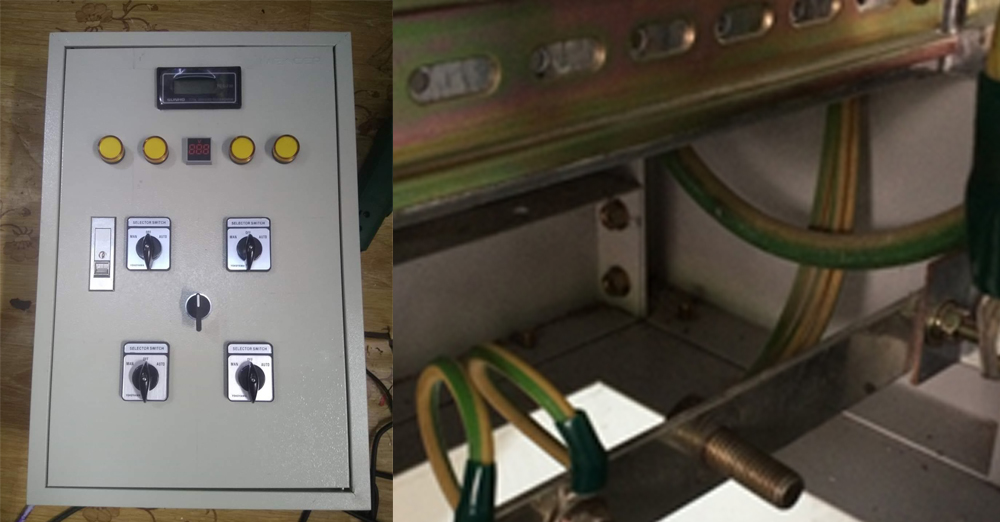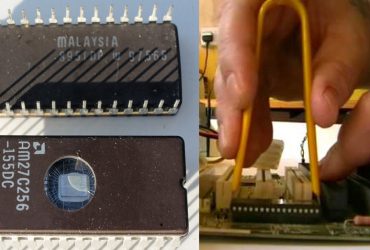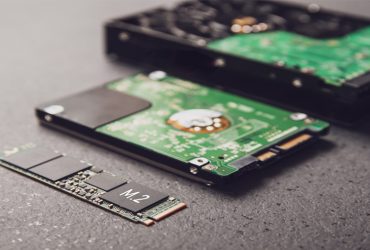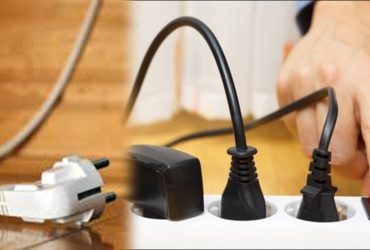For standard ten/thirty-meter houses. Divide the watts by 200 to determine the breaker size. Get the smallest breaker you can find. Let’s say a stove’s maximum power output is 2000 watts. You get 10 if you divide that by 200. Install the 16-amp breaker that is closest to you. If the breakers are connected to the amp, don’t be concerned. It’s never a bad idea to have some good breakers on hand. Because the meter is only 30 meters long, the main CB should only be installed on RCBO 32. A 32 or 40 Amp Breaker of the same age or greater can be installed in the meter. It does not have to be particularly enormous. The main cable can be 6 or 10 mm2 in diameter.
Make sure the place where the connection is made is well-touched. A connection failure accounts for about 80% of all difficulties. When tightening screws, use the suitable screwdriver and tighten them properly. Also, if you’re going to use it at home, only use the C curve. The rest isn’t to be used. The best curves are C curves, which are general-purpose for household use. For the C-10, 2.5 mm2 for the C-16, 4 mm2 double insulation for the C-16, and 4 mm2 for the C-20, the rear wires should be 1.5 mm2. There is no need to compute the voltage drop if the wires are less than 50 meters long, hence there is no voltage drop calculation in residences.
If you can accomplish it, earthing is a good thing. Earthing is absent from the majority of them. As a result, having two levels of RCBO is safer. Nothing is more valuable than human life. Breakers are less expensive to put in a home than a cheap phone. It is advisable to use a double insulation single-core cover when using wire in the home. Indoors, only PVC covers are permitted. Use a weather-resistant XLPE cover on the outside. The wire size is determined by the value of the breaker, RCBO, or RCCB that will be installed. In most households, C-10, C-16, and C-20 are the most prevalent. C-32 is the most important.
As a result, the wire size must be 1.5 mm2 since the C-10 is installed. As a result, the wire size should be 2.5 mm2 because the C-16 is installed. As a result, the wire size should be 2.5 or 4 mm2 since the C-20 is installed. As a result, the wire size must be 6 mm2 since the C-32 is installed. For a well-defined IEC standard, they are written for copper cable. The maximum carrying current for a 1.5 mm2 wire in this example is 37 15.5 amps. The cable-laying methods include A, BC, and M. This means that even the most inefficient cable laying method may deliver 15.5 amps. A 10 amp breaker, on the other hand, can easily manage it.
For distances greater than 50 meters, volt dips are not counted. When the wire is drawn, houses do not fall more than 50 meters. So, what really is the issue in Myanmar? The length of the cable is insufficient. Copper conductors are impure to the tune of 99.95 percent. Alloys are what we use. As a result, you will be unable to obtain the reference used in International. As a result, teachers should be aware that the size of the wire will expand depending on its condition. Use mm 2.5 mm2 instead of mm 1.5 mm2 as an example. If the current is hot and the insulation is poor, cables can catch fire. According to a study, cables are the primary cause of power outages in homes and offices.
















